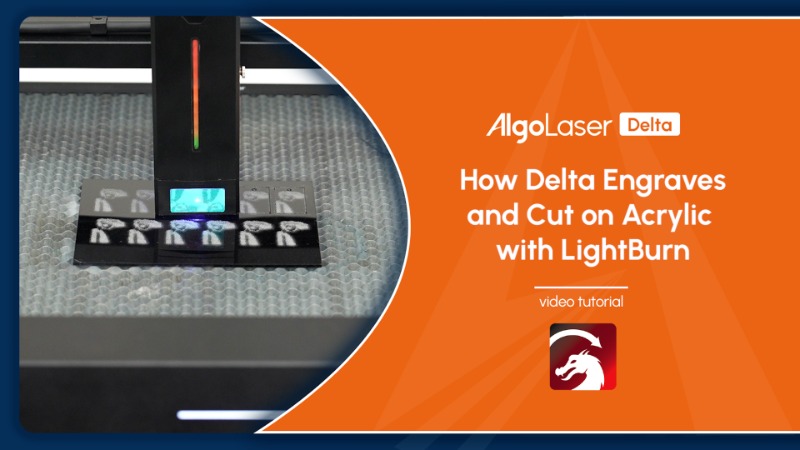Architecture projects are often beautiful in vision — but chaotic in execution. From fragmented communication to unpredictable schedules and spiraling budgets, complexity lurks at every stage. Static spreadsheets, disconnected tools, and endless email chains simply aren’t equipped to handle the realities of modern architectural practice.
Custom project management software designed specifically for architecture firms can turn this chaos into clarity. This article explores the unique challenges architectural projects face and how tailored digital tools can resolve them.
Why Architecture Projects Are Inherently Complex
Architecture projects sit at the crossroads of creativity, regulation, engineering, and human dynamics. Their complexity doesn’t stem solely from technical detail or artistic ambition — it’s the result of layers of dependencies, evolving requirements, and fragmented communication across diverse teams and stakeholders.
1. Multiple Stakeholders with Conflicting Priorities
Architecture projects often bring together clients, designers, engineers, consultants, contractors, and government bodies — each with their own objectives, timelines, and definitions of success. Aligning these voices while keeping the design vision intact requires clarity, transparency, and meticulous coordination. Without the right tools, collaboration easily slips into confusion.
2. Iterative, Non-Linear Processes
Design is not linear. Revisions, feedback loops, and approvals can reshape a project repeatedly, often under tight timelines. Without systems to manage versions, track decisions, and visualize impact, these iterations risk becoming sources of frustration, misalignment, and delays.
3. Regulatory and Compliance Pressures
From zoning laws to sustainability certifications and accessibility standards, architecture projects operate under strict and evolving regulations. Maintaining compliance across multiple jurisdictions — while managing documentation, audits, and approvals — adds another layer of operational complexity.
4. Tight Budgets and Resource Constraints
Architecture firms must manage resources with precision: staff time, consultant input, budgets, and materials. Without real-time insights into resource allocation and costs, small inefficiencies accumulate, threatening timelines and profitability.
5. Integration of Diverse Tools and Formats
Architects work across an ecosystem of specialized tools — CAD, BIM, 3D modeling, scheduling software, and more. Integrating outputs from these systems into cohesive, actionable plans is challenging, especially when relying on outdated spreadsheets or siloed platforms.
6. High Stakes at Every Stage
Errors in architecture projects are costly — whether it’s a design oversight, a missed regulation, or a construction delay. With tight margins and reputational risks on the line, firms need precision in tracking progress, managing accountability, and anticipating problems before they escalate.
How Custom Project Management Software Solves These Challenges
Architecture firms don’t need just another generic project management tool. They need software that understands the unique rhythm, risks, and realities of architectural practice — from initial concept to final handover. Custom project management software for architects bridge the gap between creative workflows and operational precision, offering clarity where complexity often reigns.
Centralized Project Visibility for Everyone Involved
Custom software provides a single source of truth — a centralized platform where architects, engineers, consultants, and clients can access real-time updates on project status, timelines, budgets, and key decisions. This eliminates scattered spreadsheets, endless email threads, and version confusion, keeping all stakeholders aligned and reducing rework.
Tools Designed for the Non-Linear Nature of Design
Unlike rigid off-the-shelf solutions, custom tools reflect the iterative nature of architectural design. They support version control, allow parallel workflows for design and approvals, and visualize dependencies clearly through interactive Gantt charts or work breakdown structures. This flexibility helps manage evolving requirements without losing sight of the big picture.
Clarity Through Custom Reporting and Dashboards
Custom-built dashboards and reports translate complex project data into clear, actionable insights for different roles — whether it’s a principal architect needing a financial overview or a project manager tracking daily progress. Real-time data visualization helps firms make confident decisions faster, grounded in accurate project health metrics.
Key Features to Consider When Building Custom Project Management Tools for Architecture
When developing custom project management software for architecture firms, it’s critical to go beyond generic features and prioritize functionality that supports the real-life complexities of architectural practice. Below are the core features that ensure the software delivers meaningful value — from day one through project completion.
1. Project Planning & Scheduling Built for Architecture Workflows
Architecture projects require more than basic to-do lists. Look for advanced planning tools that support:
- Interactive Gantt Charts for visualizing all phases from schematic design (SD) to construction documentation (CD) and construction administration (CA).
- Critical Path Analysis (CPA) to help project leads identify dependencies and potential bottlenecks.
- Milestone Tracking aligned with key deliverables like permit submissions, client presentations, and construction phases.
2. Resource & Capacity Management
Efficient use of human resources is vital in architecture, where projects often stretch teams thin across disciplines.
- Role-Based Scheduling to manage workload across architects, project managers, designers, and external consultants.
- Availability Tracking to avoid overcommitment and burnout.
- Forecasting Tools to anticipate future staffing needs based on active and upcoming projects.
3. Document Control & Versioning
Architectural documentation is vast, sensitive, and constantly evolving. Features should include:
- Centralized Document Repositories with clear version histories.
- Automated Workflows for approvals, RFIs, submittals, and change orders.
- Integration with BIM Tools (Revit, ArchiCAD) to ensure design data is always current and accessible.
4. Risk Management & Compliance Tracking
Risk is unavoidable in architecture, but it can be managed with the right tools:
- Built-In Risk Registers to log, assess, and mitigate potential issues.
- Compliance Checklists tailored to local regulations and industry standards.
- Audit Trails that document decisions, approvals, and revisions for transparency.
5. Collaboration & Communication Tools
Architecture projects thrive on collaboration. Custom software should foster it through:
- Shared Project Hubs for unified updates, discussions, and file sharing.
- Role-Based Permissions ensure the right people have access to the right information.
- Real-Time Notifications for approvals, deadlines, and critical updates.
6. Custom Dashboards & Reporting for Decision-Making
Different stakeholders require different insights. The software should offer:
- Role-Specific Dashboards for project managers, executives, and design leads.
- Visual Data Displays to quickly understand project health, timelines, and budgets.
- Exportable Reports for clients, regulators, or internal presentations.
7. Scalability & Integration with Existing Systems
As firms grow, tools must grow with them. Ensure:
- Cloud-Based Infrastructure for scalability and remote access.
- Open API Architecture for integration with CRMs, ERPs, accounting platforms, and document management systems.
- Flexible Modules allowing gradual expansion as needs evolve.
Why Custom Software is the Future for Architecture Project Management
Custom project management solutions allow architecture firms to work smarter, not harder. By aligning tools with real-world workflows — from initial sketches to site handover — these platforms provide clarity, accountability, and control. The result: better projects, happier clients, and more resilient businesses.
If your architecture firm is struggling with inefficiencies, communication gaps, or outdated tools, tailored software may be the blueprint for future success.





